With disruption to global logistics and supply chains remaining widespread, port congestion has now reached new highs according to the latest Clarksons Port Congestion Index. Discussing these recent trends, Steve Gordon, Managing Director of Clarksons Research, commented:
Disruption to global logistics and supply chains remains widespread, with port congestion a major contributor to the record freight rates in a number of shipping segments and to our ClarkSea Index, a cross shipping segment charter index for global shipping, reaching a twelve year high of $42,114/day so far in October.
Congestion trends at containership ports are most acute, with the Clarksons Containership Port Congestion Index (representing the level of fleet capacity globally in port or an associated anchorage each day) reaching a new high of 37.3% of containership fleet capacity on 21st October (on a 7 day moving average basis), compared to a pre-Covid-19 (2016-19) average of 31.4%.
Key congestion “hotspots” across the container network include China (where containership capacity at port totalled 2.6m TEU on 21st October, up more than 50% on the 2016-19 average of 1.7m TEU) and the West Coast of the US (where capacity at port totalled 0.87m TEU on 21st October, almost three times the 2016-19 average of 0.32m TEU).
In the UK, the level of containership capacity at port reached 0.22m TEU on 17th October (7dma), up 50% on the average in the year to date, though this zhas since eased back to 0.15m TEU on 21st October.
The level of Bulk Carrier capacity at port globally also reached a new record of 36.2% on 21st October (7dma), up from an average of 32.6% in the year to date, and a ‘pre-Covid’ average across 2016-19 of 29.9%. This has contributed to the highest levels of freight for bulk commodities such as iron ore, coal and grain since 2008.
Port congestion related to Car Carriers also remains close to recent highs, with the level of Car Carrier capacity at port standing at 24.9% on 21st October (7dma), compared to a pre-Covid average (2016-19) of 22.7%.
Our overall cross segment Deep Sea Cargo Vessel* Port Congestion Index (again showing the level of fleet capacity globally at port or an associated anchorage each day) reached a new record high of 33.3% on 21st October (7dma), compared to a ‘pre-Covid’ average across 2016-19 of 29.7%.
*Deep Sea Cargo Vessels include oil tankers over 40,000 dwt, bulkcarriers over 70,000 dwt, containerships over 3,000 TEU, liquefied petroleum gas carriers over 65,000 cbm, liquefied natural gas carriers over 40,000 cbm, and car carriers over 6,000 vehicles.
Source: Clarksons
The opinions expressed herein are the author's and not necessarily those of The Xinde Marine News.
Please Contact Us at:
media@xindemarine.com

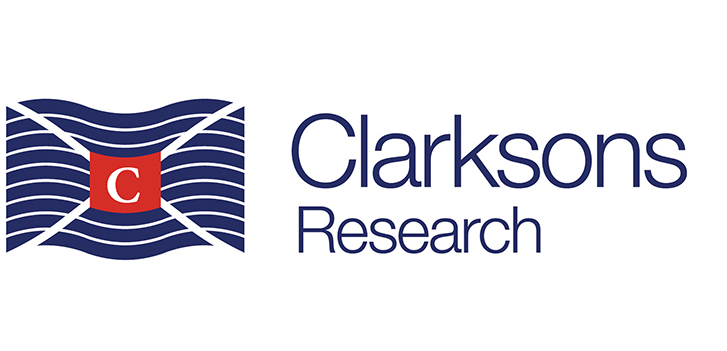
 China’s First Bulk Bunkering of Domestic Green Me
China’s First Bulk Bunkering of Domestic Green Me 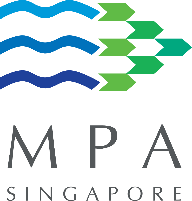 Rotterdam and Singapore Strengthen Collaboration on
Rotterdam and Singapore Strengthen Collaboration on 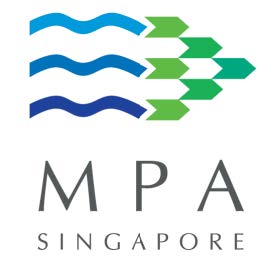 MPA and CMA CGM Sign MoU to Enhance Sustainable Shi
MPA and CMA CGM Sign MoU to Enhance Sustainable Shi 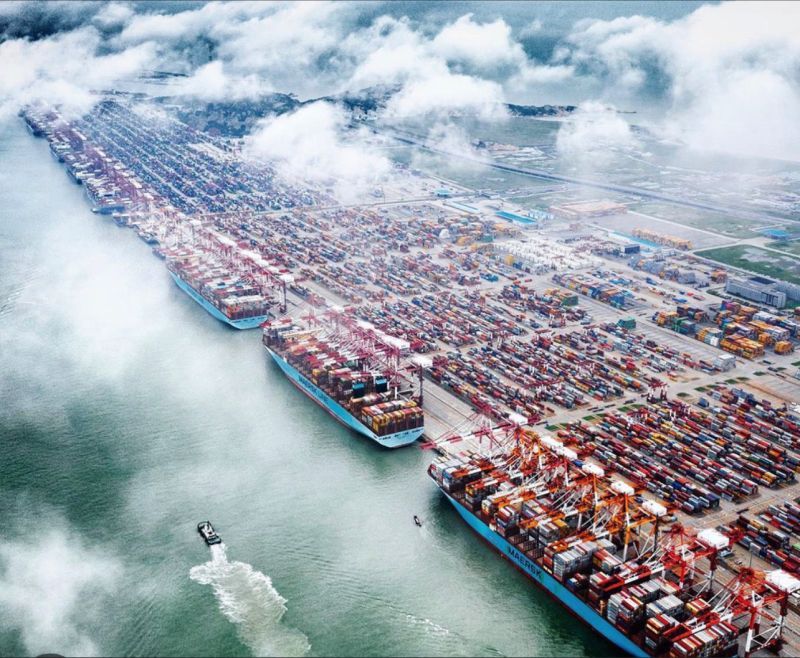 China's Ports Surge Ahead: Major Container Terminal
China's Ports Surge Ahead: Major Container Terminal 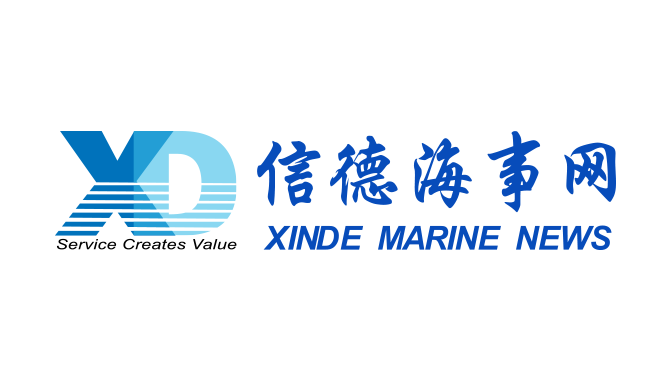 Port of Hamburg: Growth in container throughput and
Port of Hamburg: Growth in container throughput and 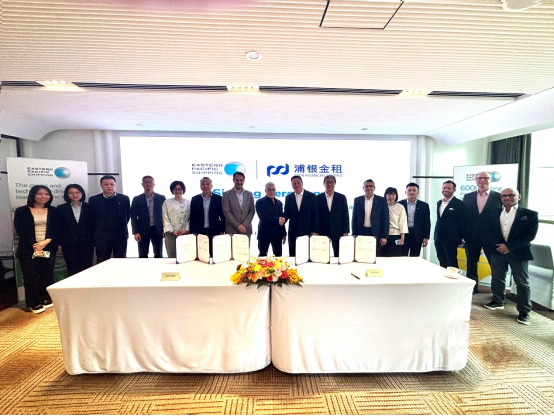 EPS and SPDB Financial Leasing sign financing agree
EPS and SPDB Financial Leasing sign financing agree